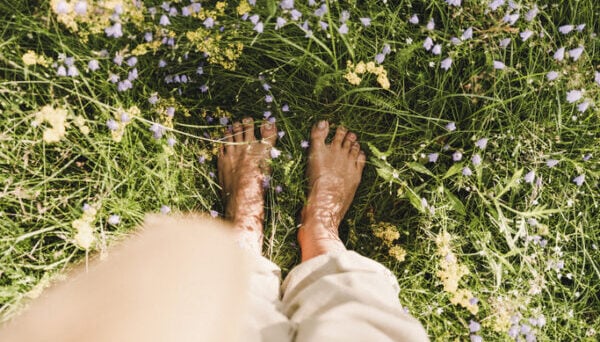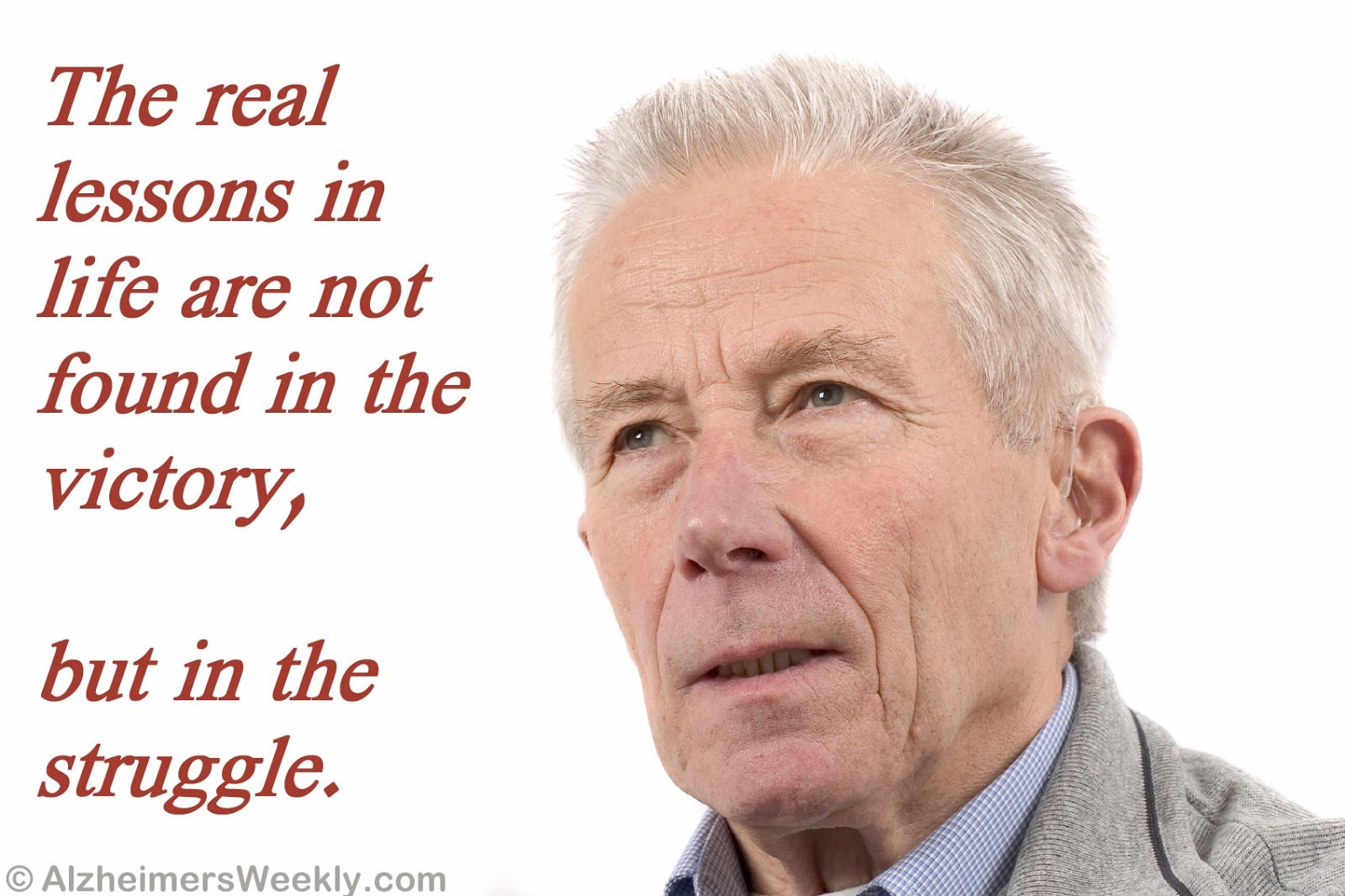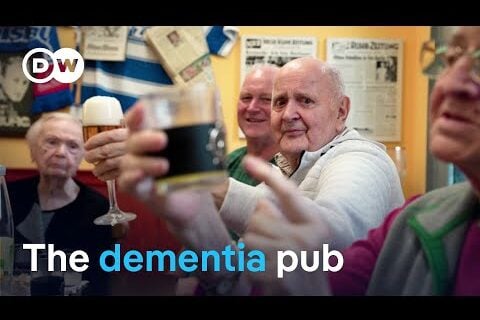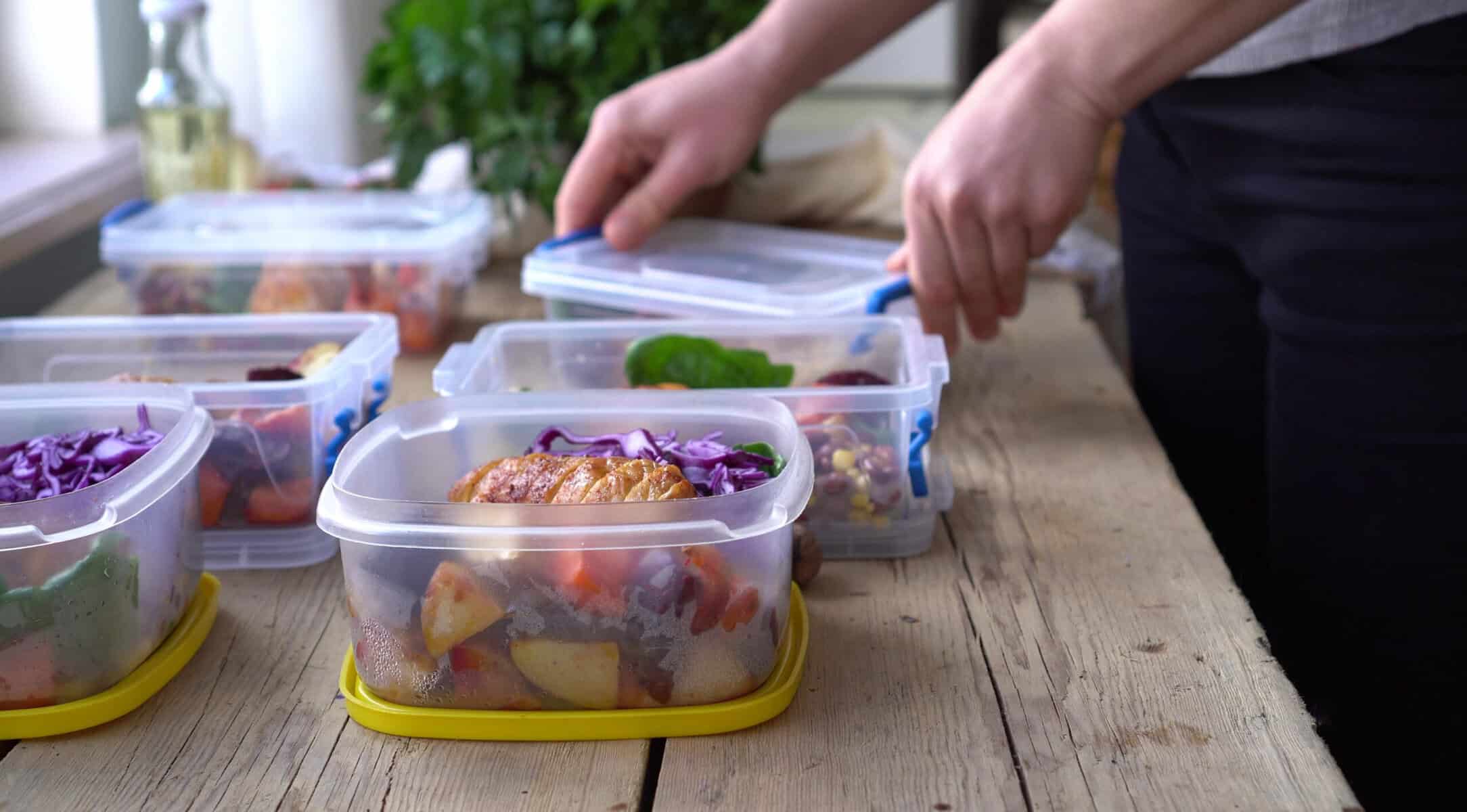

There is a moment after the tower falls, after the collapse of the life we were living; the dust has not settled, and all we see is darkness. The only sound is our breath and heartbeat reverberating through the body.
This is the part not often spoken of in healing communities. The aftermath. The hopeless and seemingly endless void. Something has broken open from within, but has not yet taken shape.
This is not a roadmap, but a collection of methods that have led me forward when the road seemed invisible.
Not every path will work for every person. Take what resonates. Leave the rest.
Each method I share here emerged through listening. Listening to the stories of people who have walked the same path, and to myself. To the voice of my soul, my symptoms, and to the parts of me who refused to be forgotten again.
Safety Before Insight
What the Body Remembers
What I’ve found again and again is this:
The soul—our creativity, curiosity, and spirituality—will not feel safe to spread its wings if the body does not feel safe to land.
Through trauma, our Window of Tolerance shrinks, and as the body becomes uninhabitable, so does the mind.
Dr. Dan Siegel‘s model suggests we each have a “window” where we function best emotionally, cognitively, and physiologically.
When our body feels safe, we can think clearly, engage socially, and process emotions. Trauma narrows that window. Suddenly, we are flung between two extremes:
- Hyperarousal (anxiety, panic, racing thoughts, paranoia, hypervigilance)
- Hypoarousal (numbness, fatigue, dissociation, brain fog, shutdown)
Somatic work widens the window, allowing for greater stability and resilience.
Traditional therapy offers tools: talk therapy, EMDR, imaginal exposure, mindfulness, and exposure therapy etc.
These assume that the body is ready to contain and receive them.
But what if the body isn’t ready?
Without internal safety, even the most well-intentioned work can backfire, leaving us overwhelmed or retraumatized.
Repairing the Root System
Regulation as Ritual
After we have experienced a collapse of the systems we relied on to uphold us, we must first address our bodies. The wounds of trauma are not just emotional, they are physiological.
Without internal stabilization of our nervous system, there is no hope for stabilizing our minds, relationships, or souls.
Our Window of Tolerance shatters.
This is the process of welcoming ourselves home to the body we inhabit.
Most trauma survivors suffer deeply from dissociation, derealization, and a feeling of emptiness within. The treatment for this does not come in pill form, but through our senses. Through grounding ourselves back into reality.
Earth as Medicine
Throughout most of human history, we existed as one with nature. Our connection was lived daily, not only out of necessity, but with reverence for our origins. Our modern lives leave this essential aspect of ourselves neglected. The cost of this on our nervous system is great, but not hopeless.
“Electrically conductive contact of the human body with the surface of the Earth (grounding or earthing) produces intriguing effects on physiology and health.”
— NIH National Library of Medicine, The effects of grounding (earthing) on inflammation, the immune response, wound healing, and prevention and treatment of chronic inflammatory and autoimmune diseases.
Even with only 30 seconds of contact, our bare feet on the earth can change the signals given by our nervous systems, redirecting us toward safety.
Grass, dirt, sand, and stone don’t just ground us metaphorically. They begin to reduce inflammation, regulate stress hormones, and lower the risks and effects of chronic illness, which so often accompany trauma.
You do not need to instantly feel healed to know that healing is taking place within your body.
You probably won’t feel much at first. The damage done by trauma happens over time, years. Healing that damage likewise takes time, patience and trust.
Trust is especially important.
Knowing that our body can guide us to what it needs, and that the earth around us will provide it as our body becomes ready.
Water Knows the Way
Water is one of humanity’s ancient lullabies. The sound of running water sends a signal through our nervous system that our environment is safe to exist within. This is primary messaging left over from our ancestors who had to search for streams and fresh water for survival.
Not everyone will have access to a natural body of running water. Thankfully, our nervous systems do not discriminate based on where the messaging is coming from. We only need to turn on the tap, close our eyes, and allow the sound of water to do what it always has for the human body.
We can allow this practice to grow with our body’s capabilities. Beginning with a few moments indoors, a video of a waterfall or sounds of nature playing.
Eventually, as our Window of Tolerance grows, we can move back into the world, finding streams, waterfalls, or ponds where we allow ourselves to commune with nature.
Hustle culture tells us we must always be pushing, that we are never doing enough for our personal growth. But by allowing the body to hold its boundaries, we find movement begins without fear or pressure.
By creating safety in nature, we will naturally begin to crave movement through it, as well as movement through our internal world.
Movement is Reclamation
Creating a Home Within the Body
Trauma survivors are often disconnected from their bodies due to freeze, collapse, and dissociation. Introducing mindful movement can be a beautiful way to reestablish autonomy, rhythm and vitality in a body long deprived of such things.
The key is not to push through our discomfort, but to begin nurturing a healthy relationship with our bodies and the world that surrounds them.
“The effects of unresolved trauma can be devastating. It can affect our habits and outlook on life, leading to addictions, poor decision-making, and self-destructive behaviors. It can take a toll on our relationships and family life. It can trigger real physical pain, symptoms, and disease. Trauma can be healed, however. Not by re-telling the story, but by gently discharging the energy that is trapped in the body.”
— Peter A. Levine, Healing Trauma: A Pioneering Program for Restoring the Wisdom of Your Body
Trauma is not simply what happened to us, but the instinctual methods of survival which our body could not follow through with. This leaves our fight-flight-freeze response trapped in muscles which never had the opportunity to act.
Dr. Peter Levine’s method of Somatic Experiencing gives our bodies the vital opportunity to release the tension, movement, and suppressed responses stuck inside of us.
Instead of rehashing traumatic events verbally, SE guides a person to:
- Track sensations in the body
- Allow incomplete responses (like tension or flinching) to finish in a safe, titrated way.
- Restore regulation to the nervous system.
While it is often advised to begin these practices with a trained professional, it is simply not always accessible. Mental health professionals trained in Somatic Experiencing are often difficult to find, or simply not financially available to us.
If you find yourself in that position, there are still ways you can guide yourself through this process at home.
The first of these methods I tried, which I found necessary and transformational, was creating a ‘Safe Place’ within my mind.
A Place of Your Own
Trauma Containment Before Mental Expansion
Trauma leaves us wired, constantly scanning for the next danger, and braced for impact. Giving yourself a space to unwind, connect to yourself, and disconnect from the world is a beautiful way to introduce ease to your mind and body.
How to Create a Safe Place in the Mind
1. Set the space around you.
Choose a quiet moment. It could be morning, before sleep, or during a slow moment in your day.
Let yourself settle. Sitting, lying down, or wrapped in something warm.
You don’t need to be fully calm to begin. This is how you get there.
2. Close your eyes, or soften your gaze.
Begin to notice your breath, not changing it, just noticing.
Let your exhale fall out like a sigh.
3. Imagine a place where you feel completely safe, held, or at peace.
This can be real or imagined.
A forest, a beach, your grandmother’s kitchen.
A warm light. A library no one else knows about. A mountain under the stars.
Let the place arise naturally. There are no wrong answers.
4. Engage your senses.
What do you see? The colour of the sky, the way light falls on leaves, the shadows of stone?
What do you hear? Wind, water, birdsong, music?
What do you feel on your skin—sunlight, a breeze, the weight of a blanket?
What scents fill the air? What textures are beneath your feet?
Let your imagination become a full sensory experience.
5. Invite safety.
In this place, nothing can harm you. No one can reach you here unless you want them to.
This is your place. You choose what enters.
You might imagine a guide, a protector, or a soft animal beside you. Or you might be alone, completely at ease. Trust what arrives.
6. Stay until you feel a shift.
It may be small, a deeper breath, a loosening in the chest, a sense of spaciousness.
You do not have to feel fully “better.”
Even a moment of peace is enough.
7. Return with reverence.
When you’re ready, open your eyes slowly. Wiggle your fingers or press your feet to the floor.
Know that you can return to this place any time.
Spend a few moments each day here, slowly building a relationship of safety within yourself. As your peace takes root within this space, you can begin using this to explore your trauma.
When thoughts of panic, shutdown, and trauma rise during the day, you can begin to alternate between those thoughts and your safe space.
Notice the tension in your body and the thoughts that spiral inside you. Spend a few moments with them, receiving the information they wish you to have. Then, allow yourself a break, entering back into your place of safety.
A Gentle Unwinding
Building Safety From the Bottom Up
This is one of the simplest methods I’ve found for releasing tension and reconnecting with my body. This is especially helpful when we are still recovering from burnout or chronic illness, making movement feel daunting instead of freeing.
The Practice of PMR
- Find a comfortable position. Make sure this is somewhere you feel safe and won’t be interrupted or disturbed.
- Begin at your feet, your root. Slowly inhale, deeply into your stomach. As you do so, curl your toes and squeeze the muscles in your feet.
- Exhale in a sigh, releasing the tension in your muscles.
- Focus your attention on the sensations of tension, moving into relaxation.
- Move up through your body, repeating the same process. Move from feet to calves, thighs to hips, slowly up your body ending with your jaw, face, and scalp.
This is one of the few practices that has given me instant relief from the destabilizing effects of trauma. There is no right way to practice. The steps I’ve outlined can be an easy way to dip your toes in the metaphorical waters of nervous system health.
The Return Home
Tending the Vagus Garden
These practices are not magic; they require commitment and consistency, just as anything does that elicits real change.
They are also not about perfection. Some days, one thing will be easier, another will seem impossible. We must continue listening and respecting our bodies, our symptoms, and our needs if we wish to return to ourselves.
As we begin this slow communication with our bodies, we can begin asking and answering the questions inside us.
What are my symptoms telling me that I have ignored for so long?
What does my body need today?
- Water—hydration, signals of safety
- Air—slow, deep breathing, a moment outdoors
- Movement—feeling and releasing tension
- Earth—connection, security
This is the structure that grief, trauma, and illness crave. It is a process so often ignored by culture and mainstream healing. But through patience and acceptance of ourselves, we can finally begin to rise.
In that rising, we return to a deeper truth. The truth of our souls.
A life worth living.
A rhythm of our own.
A home within the vessel of our body.
One step, breath, and moment of re-membering at a time.
—
Previously Published on substack
iStock image
Disclaimer: This story is auto-aggregated by a computer program and has not been created or edited by healthlydays.
Publisher: Source link











